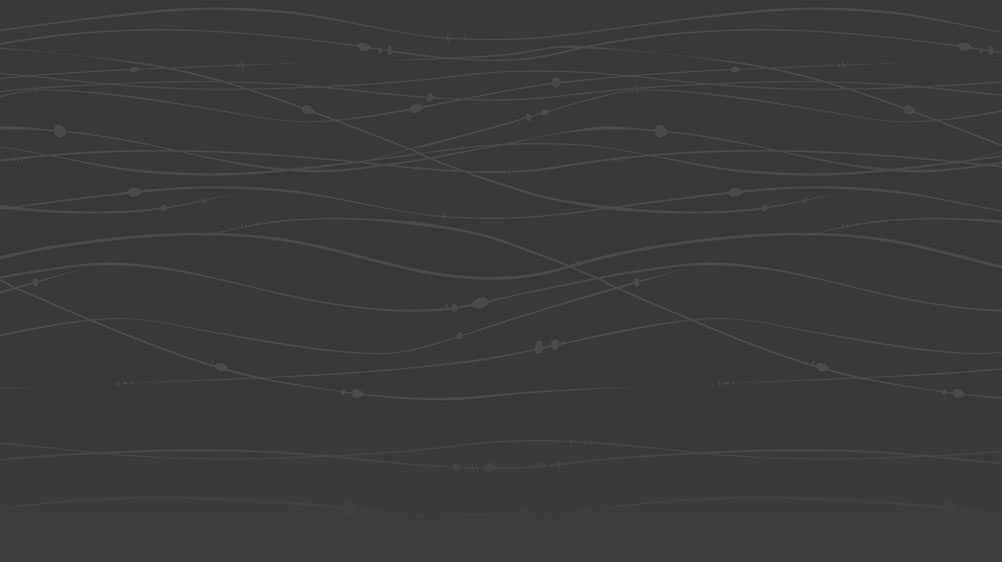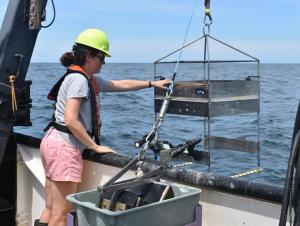

This is a portion of an article originally posted on the GLRI website.
An article on Great Lakes Restoration profiled the new rapid assessment technique developed for dreissenid mussels during CSMI 2019 in Lake Erie:
The Great Lakes Center of Buffalo State College, in collaboration with U.S. Environmental Protection Agency’s Great Lakes Biology Monitoring Program and Office of Research and Development-Great Lakes Toxicology and Ecology Division, has developed a new method for rapid assessment of dreissenid (zebra and quagga) mussel populations in lakes.
The method uses a Benthic Imaging System to estimate population size of these ecosystem invaders in near-real time. The BIS consists of Go-Pro cameras and lights mounted to a steel frame that is lowered to the lakebed from a ship. The resulting bottom images are analyzed via imaging software to estimate mussel density and percent coverage by mussels. The BIS substantially reduces the time required to map distributions of dreissenid mussels across large spatial scales compared to traditional sediment collection methods.
During the first lake-wide BIS survey of Lake Erie in 2019, the team completed maps of dreissena abundance and coverage within 12 hours after the final station was sampled. The BIS was used in tandem with traditional sediment grabs, as both methods have their own unique strengths.
[...]
The resulting research paper Rapid assessment of Dreissena population in Lake Erie using underwater videography is published online with @SpringerNature in Hydrobiologia. This project and the EPA Great Lakes Biology Monitoring Program are supported by the Great Lakes Restoration Initiative.
Read the full article at Great Lakes Restoration.
Some content on this page is saved in PDF format. To view these files, download Adobe Acrobat Reader free. If you are having trouble reading a document, request an accessible copy of the PDF or Word Document.
